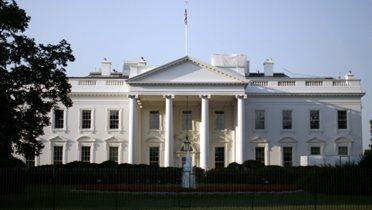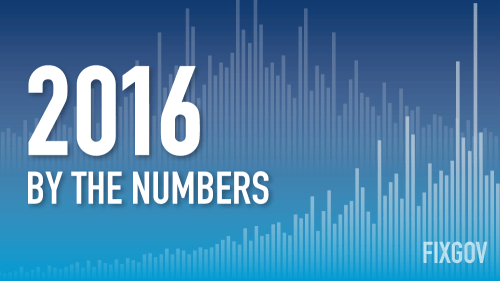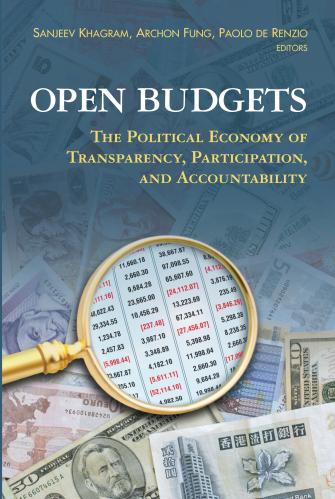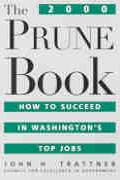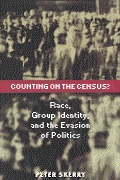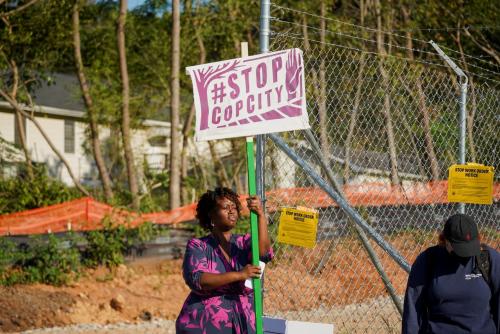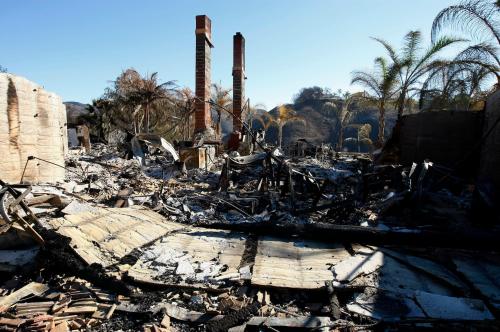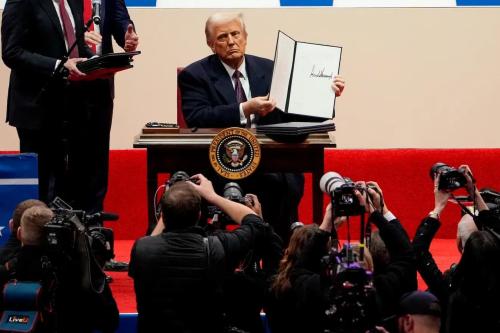In the final days of the 2012 presidential campaign, myriad news reports have turned their attention to the white working class, a group of diminishing size but considerable political clout. Indeed, as a prominent story focused on the white working class in the New York Times declared last week, the “Ohio working class may offer [the] key to Obama’s re-election.” Whites without a college degree make up a substantial share of the population in several key swing states – for example, 43 percent in Ohio, and 40 percent in Florida, both well above the national average of 35 percent. Ohio is of particular interest, given that Republicans have never won a presidential contest without it. Current polls suggest a neck-and-neck race, although Obama has maintained a small but consistent edge in the state polls for months; the most recent simple average of likely voter polls in Ohio shows Obama up by 2.4 points over between October 22 and November 1.
Given the perceived importance of white working class voters in key swing states, especially must-win Ohio, it comes as no surprise that the 2012 political debate over the partisan preferences of the working class has been heated. Indeed, white working class politics have been the source of controversy for years, with pundits, journalists, and political scientists all weighing in with a version of the story. Perhaps the most dominant narrative over the last several election cycles is the idea that Democrats “lost” the white working class, who focus on cultural issues (e.g. “God, guns, and gays”) at the expense of their economic self-interest. Indeed, President Obama’s 2008 off-the record remarks that economically-distressed are Americans “bitter” and “cling to guns or religion” dogged him throughout the last campaign. The Romney campaign has tried hard to re-ignite the issue in 2012 as a response to the devastating recordings of Governor Romney’s dismissal of 47 percent of Americans as free-loading dependents. With the dominance of the economy in the 2012 campaigns, the “God, guns, and gays” narrative has receded, but the broader question remains: Are Democrats losing ground with the white working class? And, in general, do white working class voters prioritize cultural issues over economic self-interest when making electoral decisions?
Scholars have weighed in on the political behavior of the white working class. And, unlike many academic disputes, the friction amongst political analysts focused on white working class politics occasionally creates sparks that fly out of the academy and onto the pages of national newspapers. Most recently, political psychologist Jonathan Haidt’s “Why Working Class People Vote Conservative” sparked a vigorous debate well-summarized by Thomas Edsall in an online New York Times article. Haidt argues that most working class people in the United States vote Republican. In response, political scientist Andrew Gelman counters that, in fact, working class Americans overwhelmingly vote Democratic. Haidt responded by more clearly defining the population of interest: he meant the white working class, defined as white employed Americans without a college degree. Defined this way, he argues, white working class Americans have indeed defected from the Democratic Party. Political scientist Larry Bartels provides yet another counter-argument, suggesting that the defection from the Democratic Party represents a regional story about Southern white working class voters, rather than a national trend.
Much of the debate is one of definitions; the political behavior of the “white working class” look somewhat different depending on how white working class is defined. This piece aims to contribute to that debate by examining white working class politics over time, based on both a review of the extant academic literature and new analyses. In keeping with several major past academic contributions, it concludes that while the white working class is somewhat less supportive of Democratic presidential candidates than it has been in past decades, the story is largely a regional one. In other words, many Southern white working class voters may have lost their appetite for the Democratic Party in the wake of the Civil Rights movement, but Democratic presidential candidates have performed at about the same rate in the rest of the country in recent contests as they have in the past. Moreover, while white working class voters may be more culturally conservative than their non-working-class identified white peers, they are more economically liberal – and they typically prioritize economics over cultural ideology when making a presidential vote choice.
The Brookings Institution is committed to quality, independence, and impact.
We are supported by a diverse array of funders. In line with our values and policies, each Brookings publication represents the sole views of its author(s).



